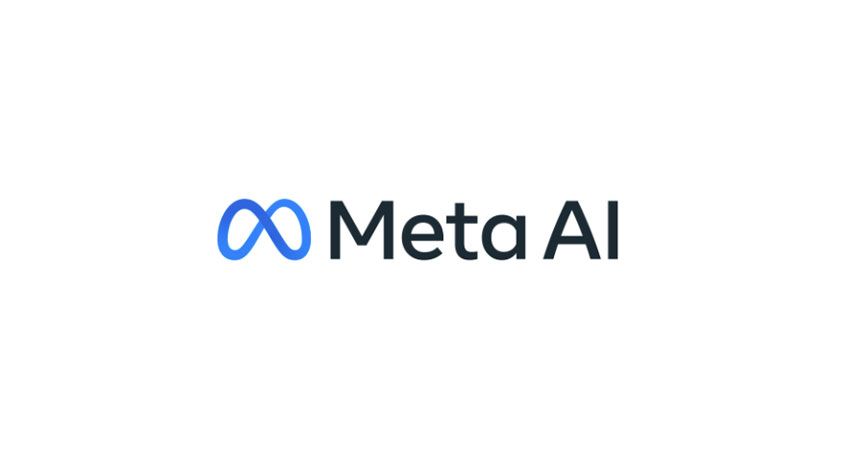
Meta, the parent company of Facebook, Instagram, and WhatsApp, has recently released a groundbreaking AI model designed to evaluate the performance and accuracy of other AI models. This development marks a significant milestone in artificial intelligence research, as it offers a new way to ensure that AI systems operate with greater reliability, transparency, and accountability.
Why Meta’s New AI Model Is a Game-Changer :
As AI continues to play a crucial role in various industries—ranging from healthcare and finance to entertainment and transportation—ensuring the accuracy, fairness, and ethical behavior of these models has become more critical than ever. Meta’s new AI model aims to address these challenges by providing a robust mechanism to monitor, verify, and validate the outputs generated by other AI systems.
The Problem with Current AI Models :
AI models, especially those based on machine learning and deep learning, can be powerful tools capable of making decisions and predictions. However, they often operate as “black boxes,” meaning that even their creators might not fully understand how they arrive at certain conclusions. This opacity poses several challenges, including:
Bias and Fairness Issues: AI models can inadvertently reinforce biases present in their training data, leading to discriminatory or unfair outcomes.
Data Privacy Concerns: The misuse or mishandling of sensitive data can lead to privacy breaches and ethical violations.
Inaccuracies and Errors: Without proper validation, AI models can generate incorrect or misleading results that could have serious consequences in high-stakes scenarios like healthcare diagnostics or financial predictions.
Meta’s new AI model seeks to mitigate these issues by acting as a watchdog for AI systems, enhancing their trustworthiness and reliability.
How Meta’s AI Model Works :
Meta’s AI model employs advanced techniques in machine learning to analyze and interpret the outputs of other AI models. It is designed to check for several key factors:
1. Accuracy: The model evaluates the correctness of the AI’s predictions or decisions by comparing them against known benchmarks or expected outcomes.
2. Bias Detection: It identifies whether an AI model’s output exhibits any form of bias, ensuring that the results are fair and unbiased across different groups.
3. Transparency: Meta’s AI model aims to make the decision-making process of other AI systems more interpretable, offering insights into how and why certain conclusions were reached.
4. Anomaly Detection: It can spot unusual or unexpected behavior in the AI’s performance, flagging potential issues before they lead to larger problems.
This multi-faceted approach allows Meta’s AI model to act as a comprehensive auditor, capable of detecting a wide range of issues that may otherwise go unnoticed.
Potential Applications and Benefits :
The introduction of this AI model has numerous potential applications across various sectors:
Healthcare: Ensuring the accuracy of AI-generated diagnoses and treatment recommendations can save lives and prevent medical errors.
Finance: Validating AI algorithms used in trading, lending, and fraud detection can improve decision-making and reduce financial risks.
Autonomous Vehicles: Enhancing the reliability of AI models in self-driving cars can lead to safer roads and fewer accidents.
Content Moderation: Social media platforms can use this technology to improve AI-driven content moderation, making it more consistent and less prone to errors.
By providing a layer of oversight, Meta’s AI model helps ensure that AI systems function as intended, leading to better outcomes and higher levels of trust from users.
The Future of AI Validation and Meta’s Vision :
Meta’s release of this AI model reflects a growing focus on building ethical and responsible AI technologies. As AI continues to evolve and become more integrated into our daily lives, the need for models that can self-regulate and self-improve will only grow stronger.
Meta’s efforts align with a broader industry trend toward AI governance, where companies are increasingly emphasizing transparency, fairness, and accountability in AI development. This approach not only improves the reliability of AI systems but also fosters greater public trust in the technology.
Meta envisions a future where AI models can independently audit each other, creating a self-sustaining ecosystem of AI that continuously learns, adapts, and improves. This innovation could pave the way for AI systems that are not only more intelligent but also more ethical and aligned with human values.
Challenges and Considerations :
While Meta’s AI model is a significant advancement, it is not without its challenges. Implementing such a technology requires:
Robust Data Sets: To accurately check other AI models, Meta’s AI must be trained on diverse and high-quality data.
Computational Resources: Continuous monitoring of AI systems demands substantial computing power, which may limit its accessibility to only large organizations.
Interpretability vs. Complexity: Striking a balance between making AI models more interpretable and maintaining their complexity for high performance is a difficult task.
These challenges will require ongoing research and development to ensure that the AI validation process remains effective, scalable, and adaptable.
Conclusion :
Meta’s new AI model represents a significant step forward in the quest to make AI technology more transparent, fair, and reliable. By enabling AI systems to monitor and validate each other, Meta is setting the stage for a future where AI can be trusted to make critical decisions in a wide range of fields.
This breakthrough not only enhances the accountability of AI systems but also signals a shift towards more responsible AI development practices. As AI continues to transform the world, innovations like Meta’s validation model will be crucial in ensuring that this powerful technology is used for the greater good, benefitting society as a whole.




